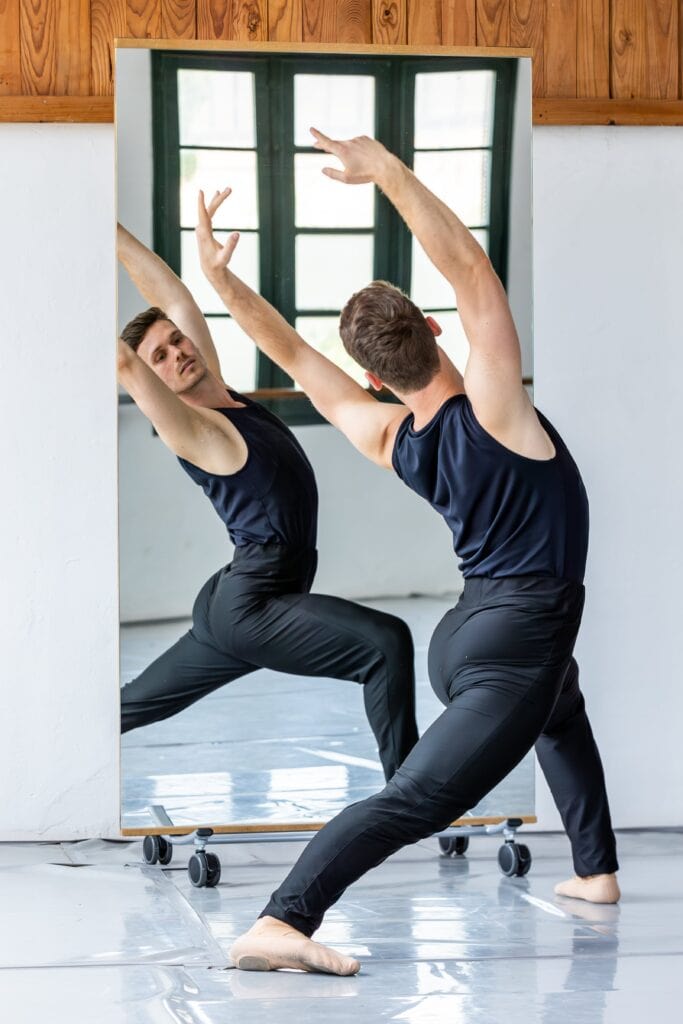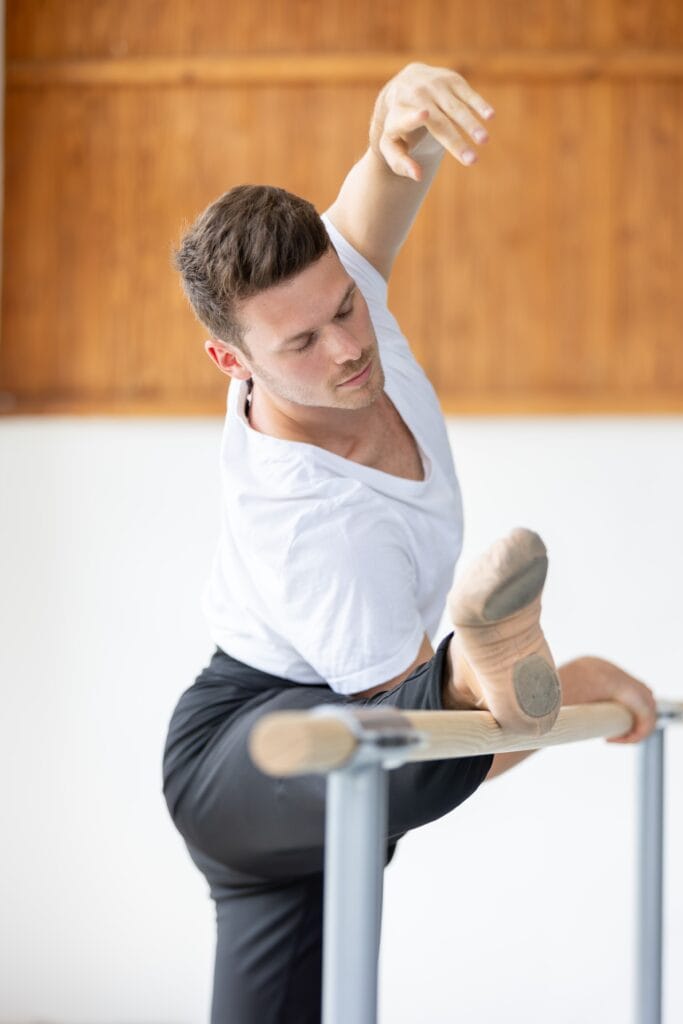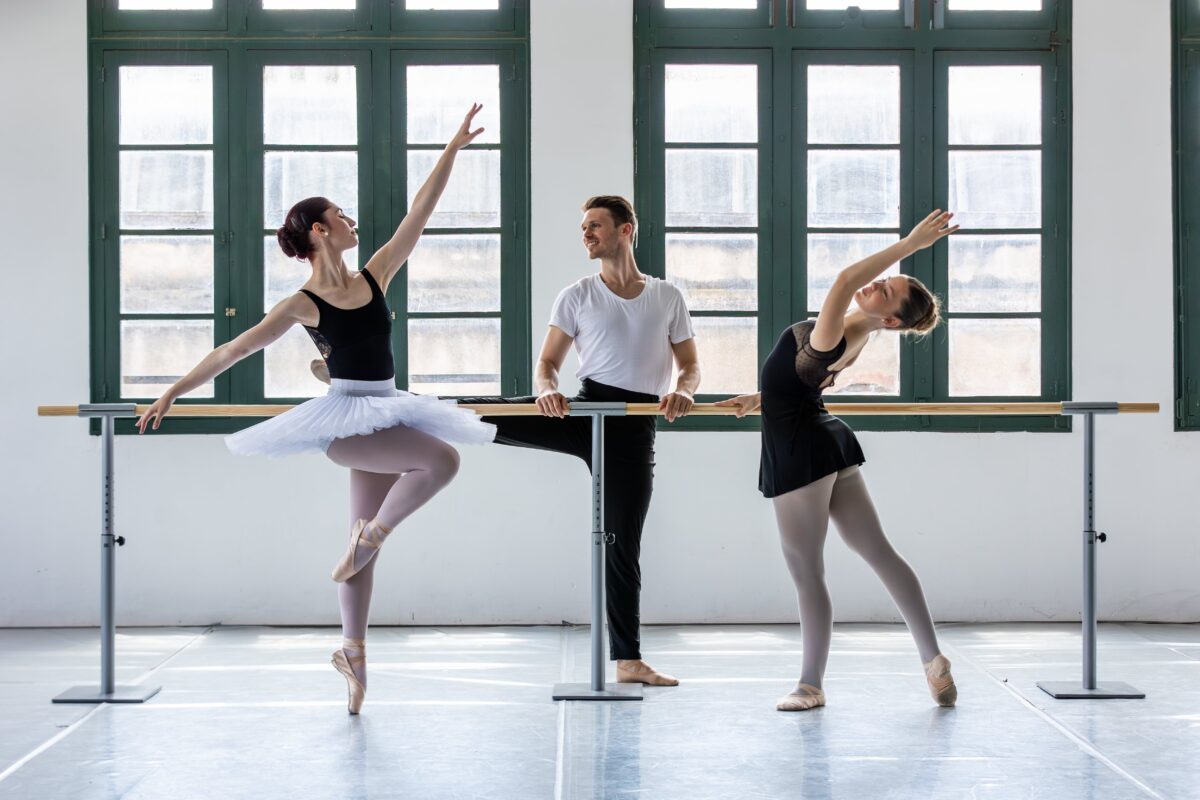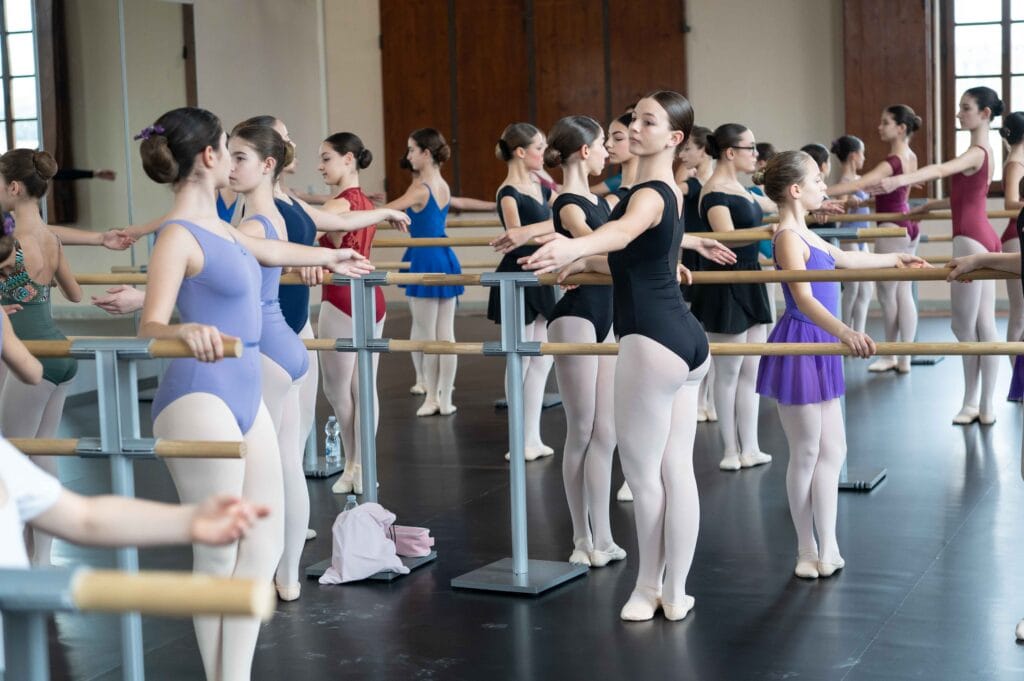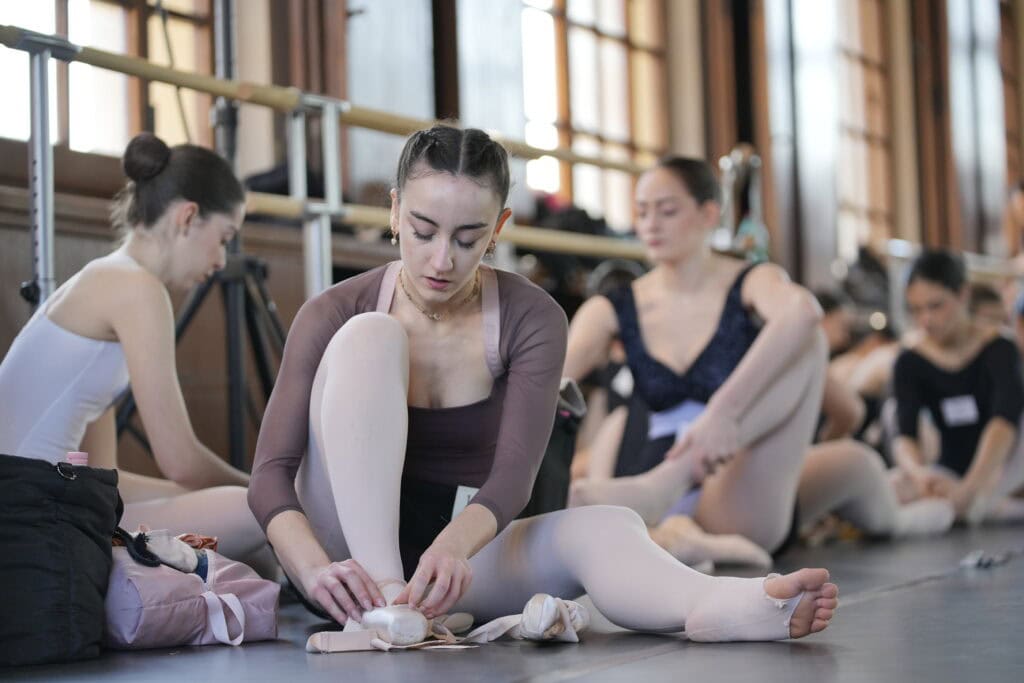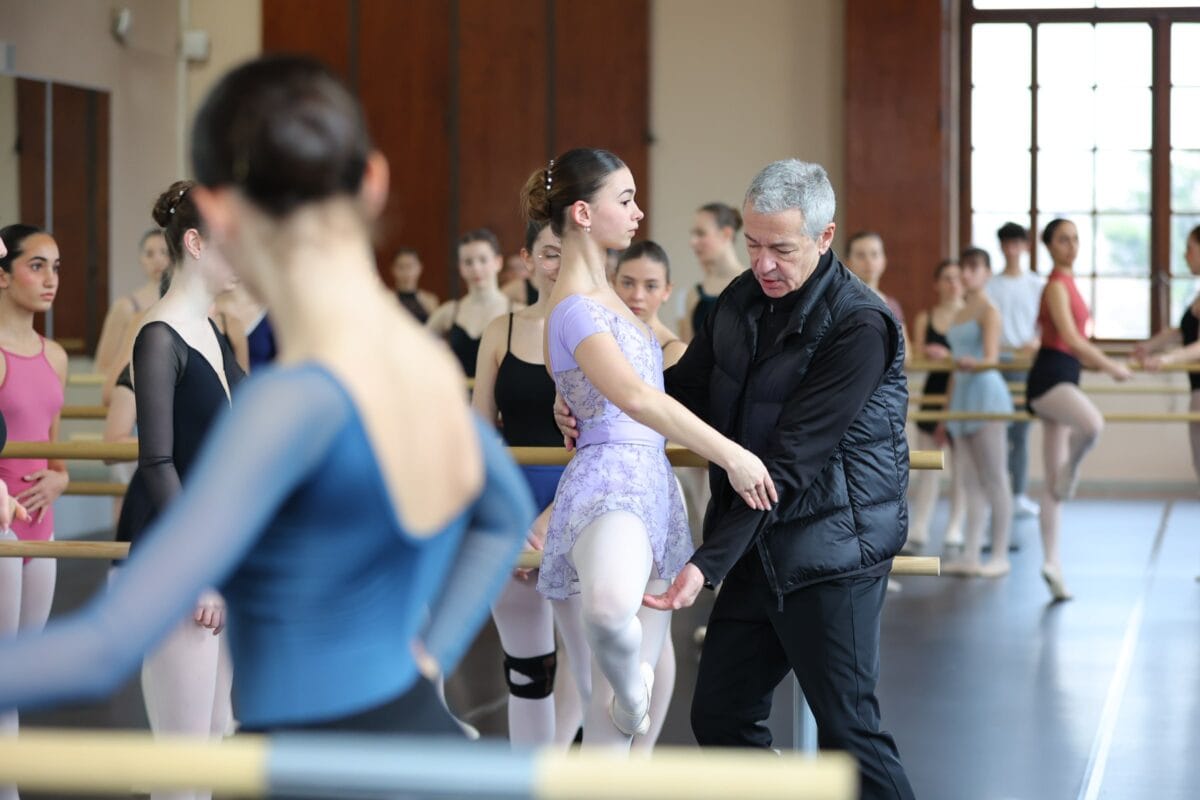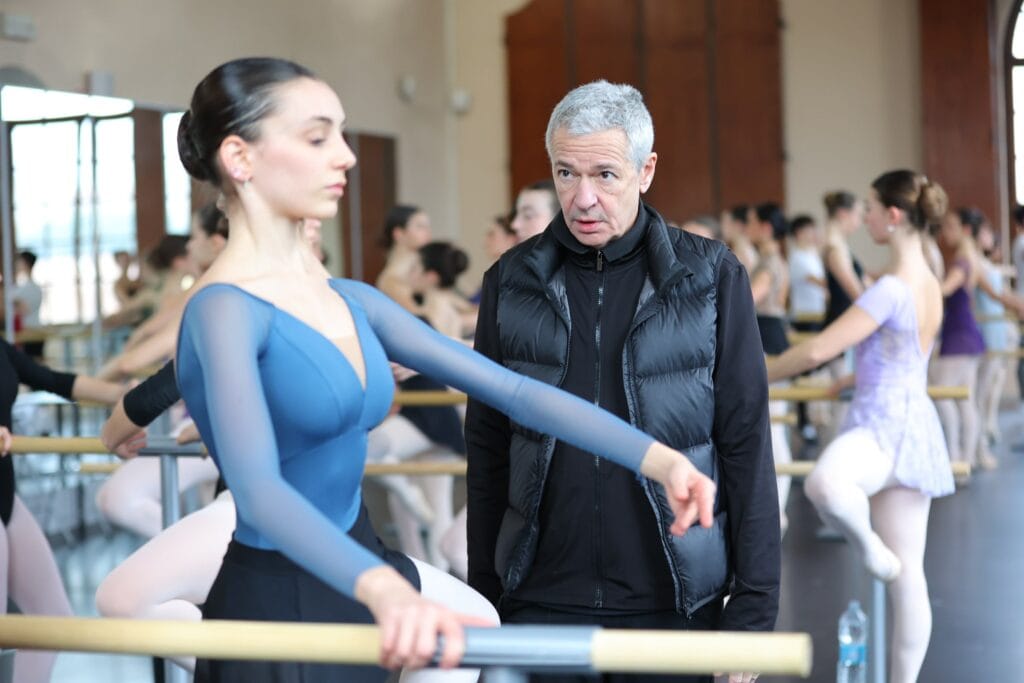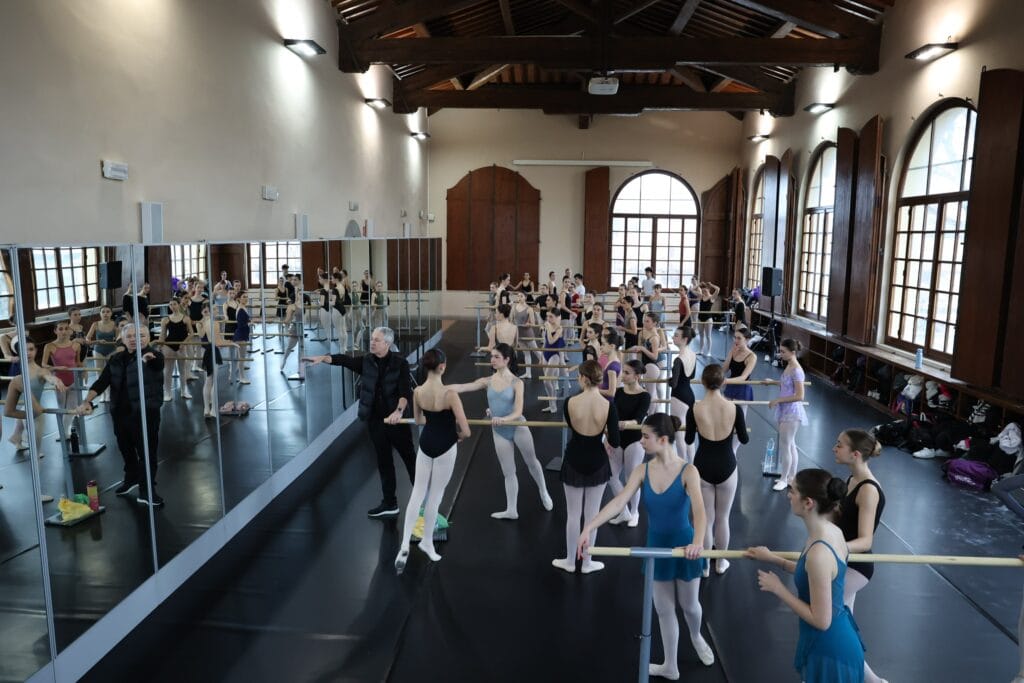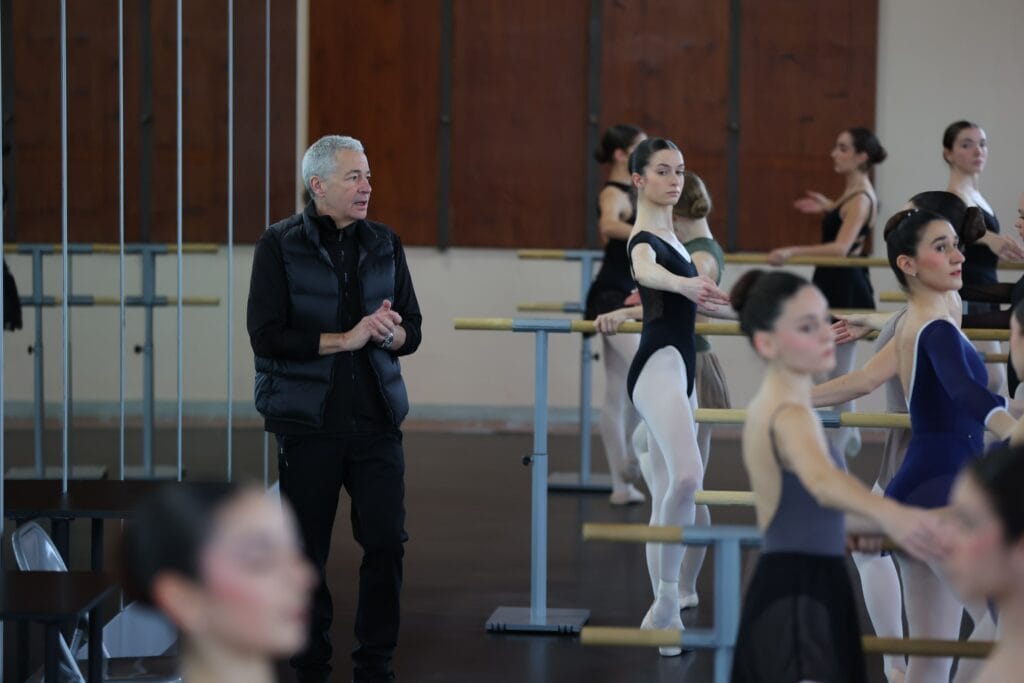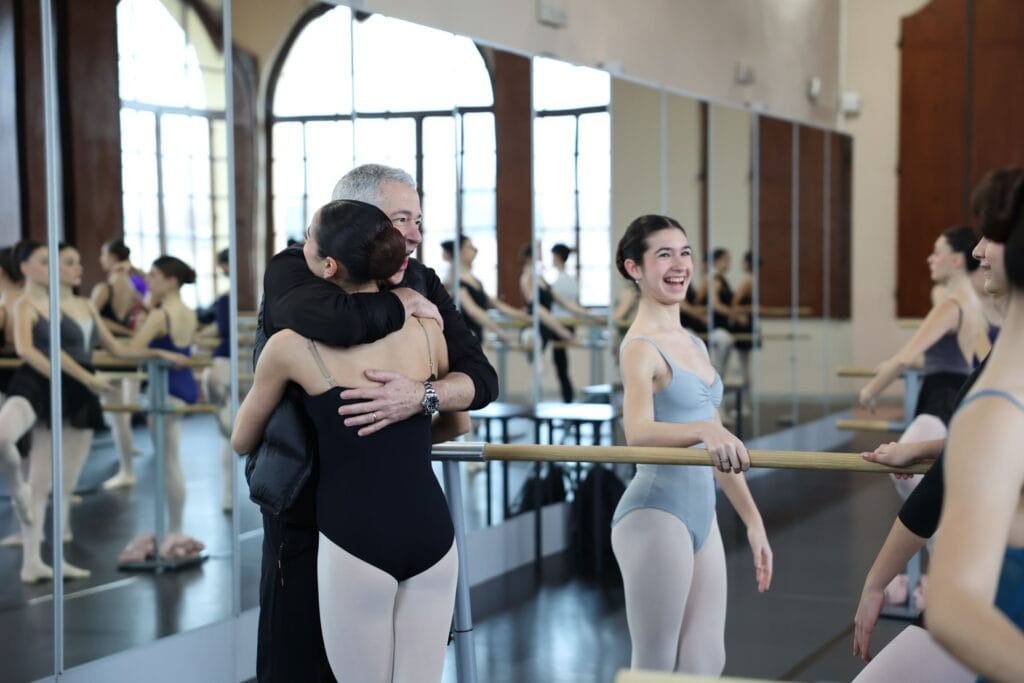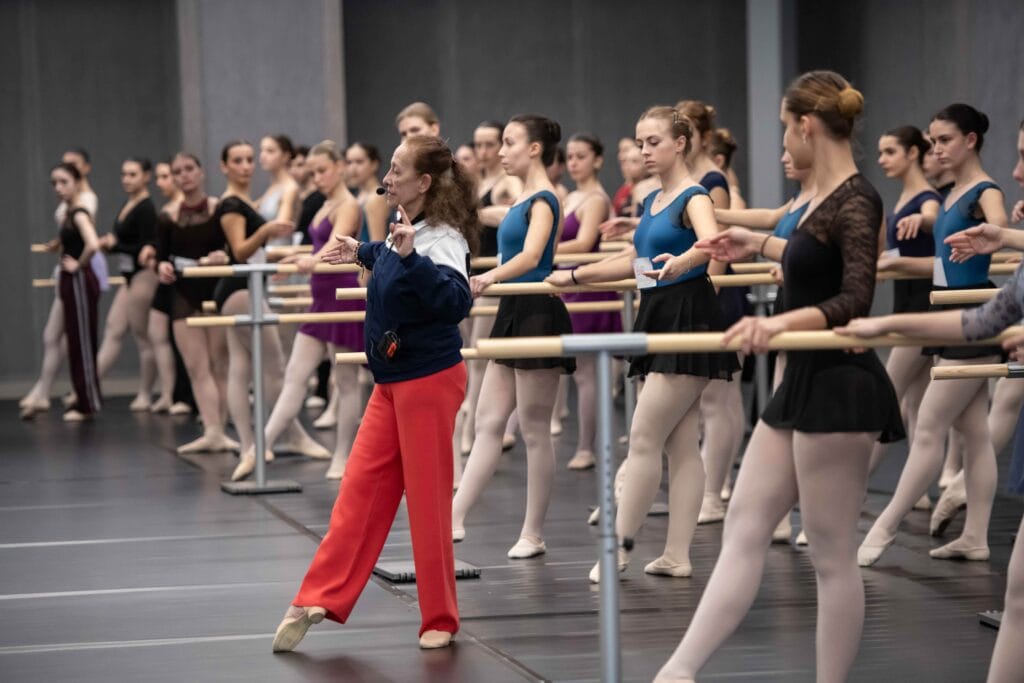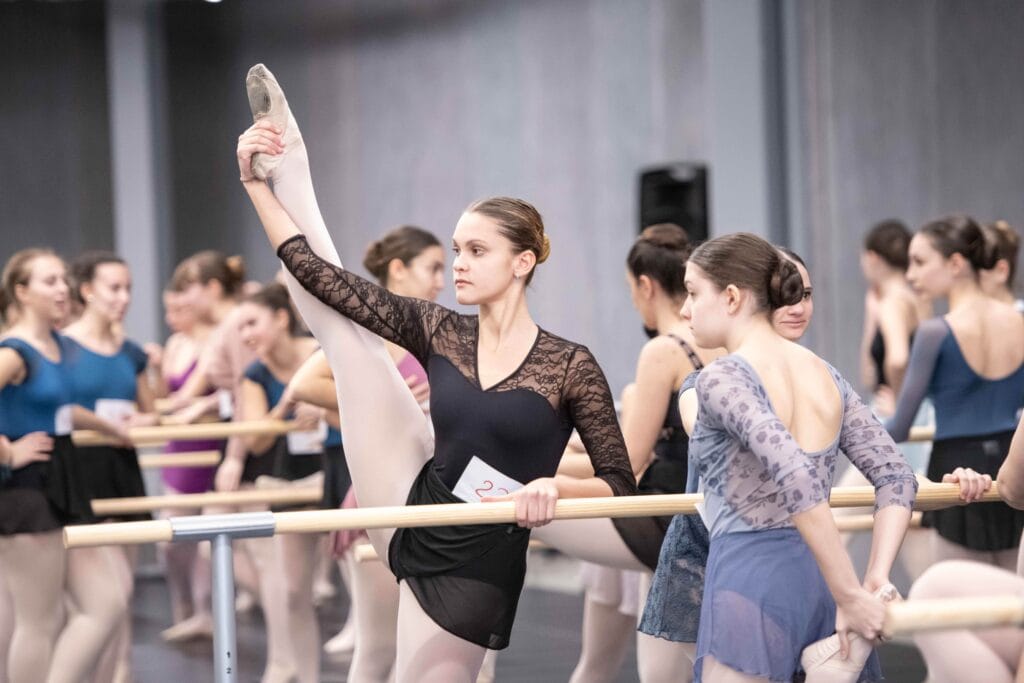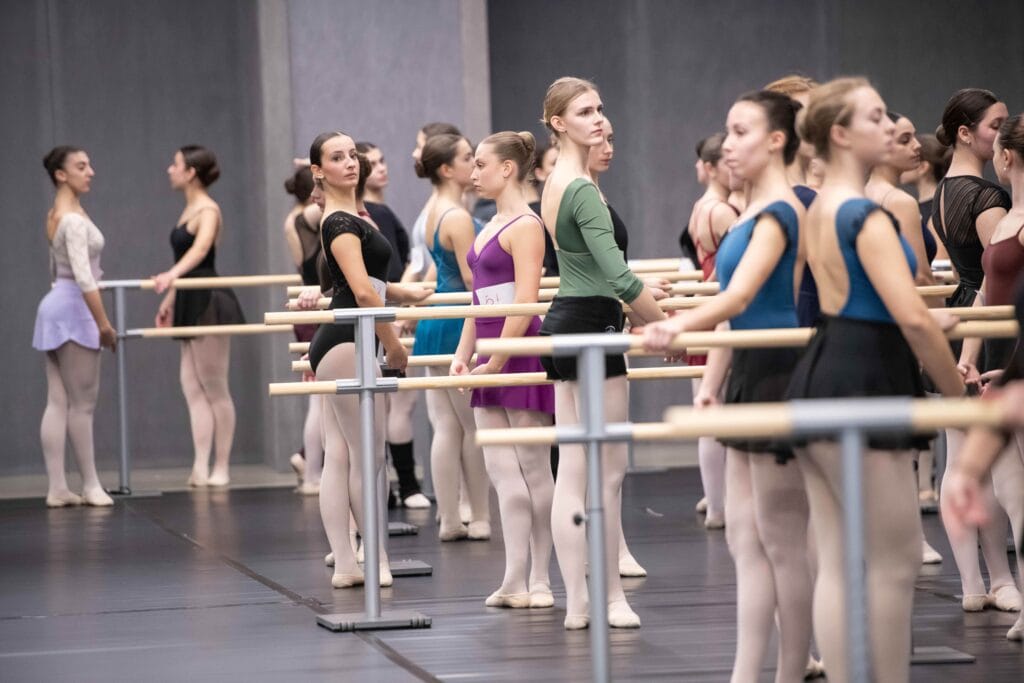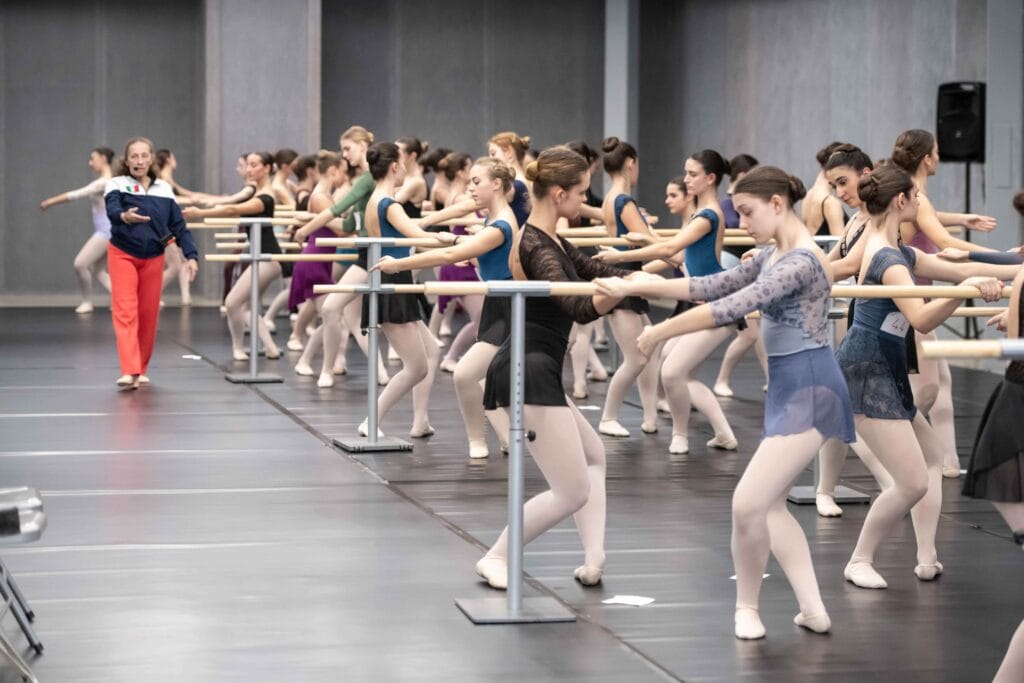Prepare your studio for the upcoming season with special prices on all our products
Summer is here, and it’s time to take a well-deserved break. But if you’re already planning your next course, now is the perfect moment to renew and get your space ready. From now until July 15th, enjoy discounts on the official price of all our products: ballet barres, professional mirrors, and mats, everything you need to welcome your students …
Summer is here, and it’s time to take a well-deserved break. But if you’re already planning your next course, now is the perfect moment to renew and get your space ready.
From now until July 15th, enjoy discounts on the official price of all our products: ballet barres, professional mirrors, and mats, everything you need to welcome your students back with a fresh, inspiring studio.
This exclusive offer for dance schools and fitness studios is only available via direct quote request, not through our online store. Contact us and we’ll send you a personalized quote with your exclusive discount already applied. Confirm your order before July 15th and get everything ready for the new season!
